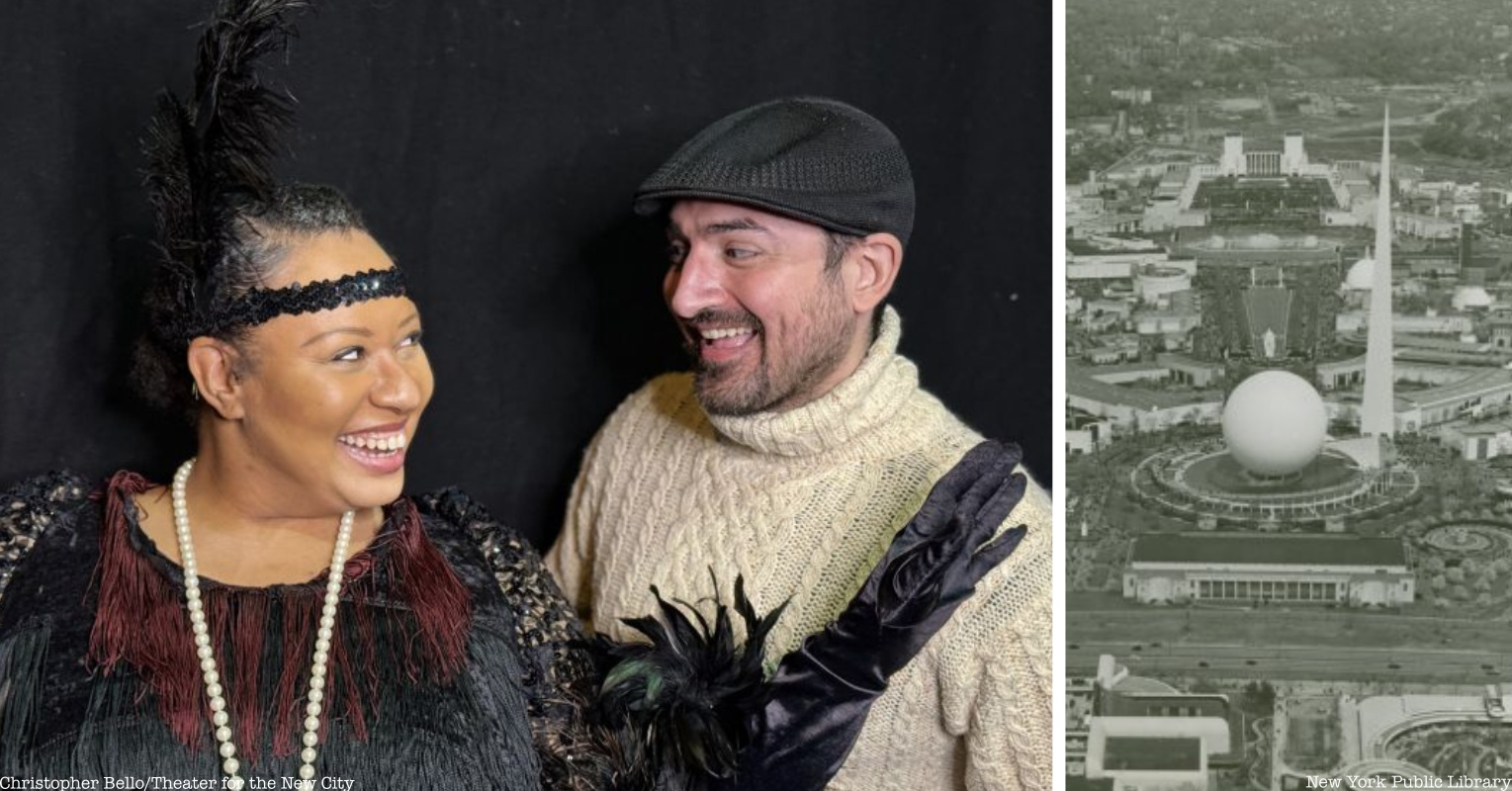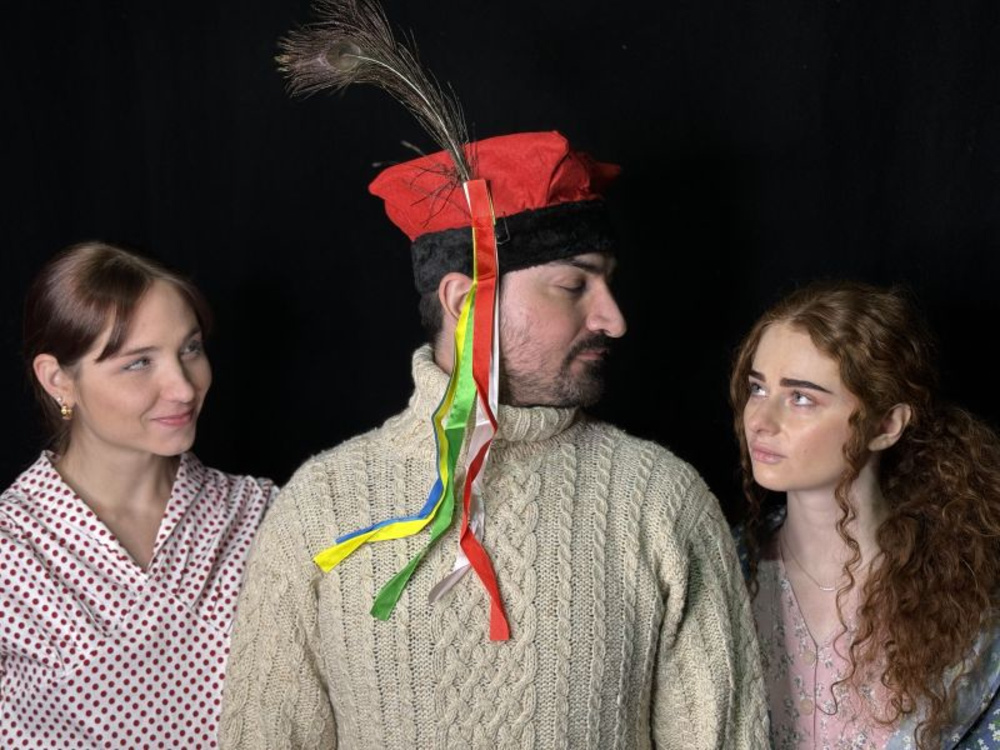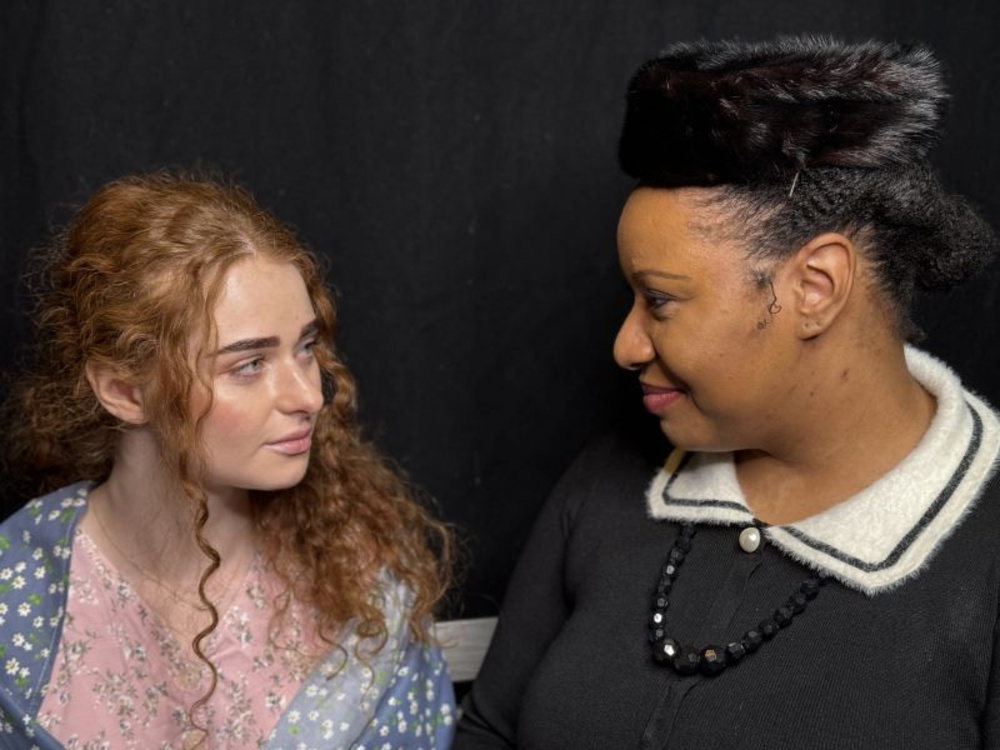Many conflicting emotions were swirling about the air of New York City in 1939. The year started on a contentious note, with a pro-Nazi rally inside Madison Square Garden that drew 20,000 supporters. But even as the threat of war loomed, causing anxiety and fear, hope and optimism were present. April brought with it the opening of the 1939 World’s Fair, an event where dozens of nations showed off the best of their culture and technology under the unifying theme, “The World of Tomorrow.” The dichotomy of this specific moment in New York City history inspired playwright Barbara Kahn to create “Fair Winds and Winds of War,” a new play debuting in March at the Theater for New City.
Be one of the first to experience this new play when you purchase a discounted ticket through Untapped New York Insiders for the Friday, March 15th show! Insiders will also meet playwright and director Barbara Kahn and other members of the cast and crew at a Q&A following the live performance. Registration opens on March 1st. Not an Insider yet? Become a member today and use code JOINUS to get your first month free.
“The year 1939 was a pivotal year in history,” Kahn tells Untapped New York. The play follows three storylines centered around different characters in New York that year. There’s an American-born woman who believes she has lost her ‘favorite daughter’ position to her cousin, a refugee from newly-German-occupied Gdansk in Poland. Another character, an African-American singer, faces racism that forces her from her Southern hometown and later from segregated Harlem venues. Two women, one a refugee, meet in New York and rekindle the love for each other they discovered as teenagers in Poland.
Each character’s struggle represents a societal issue of the time, from racial segregation to the animosity between Americans and refugees. “The characters in my play are fictional but based on research,” Kahn explains, “Refugees, with limited success, were already seeking safety in the U.S. Even sympathetic Americans were often apprehensive about the numbers seeking safety.”
Kahn is no stranger to historical fiction. She’s written multiple plays inspired by the history of New York City. In “The Ballad of Baxter Street,” Kahn explored the Five Points neighborhood in 1850. In the musical “Birds on Fire,” she set her pen to writing about the 1911 Triangle Shirtwaist Factory Fire. Biograph Studios, one of the nation’s very first movie studios during the silent era of films, was the setting of her play “The Ghosts of 14th Street.” “I have always loved the theater, my career goal as far back as I can remember. I also love my adopted city. Combining the two is the reason I set so many of my historical plays in New York,” Kahn shares.
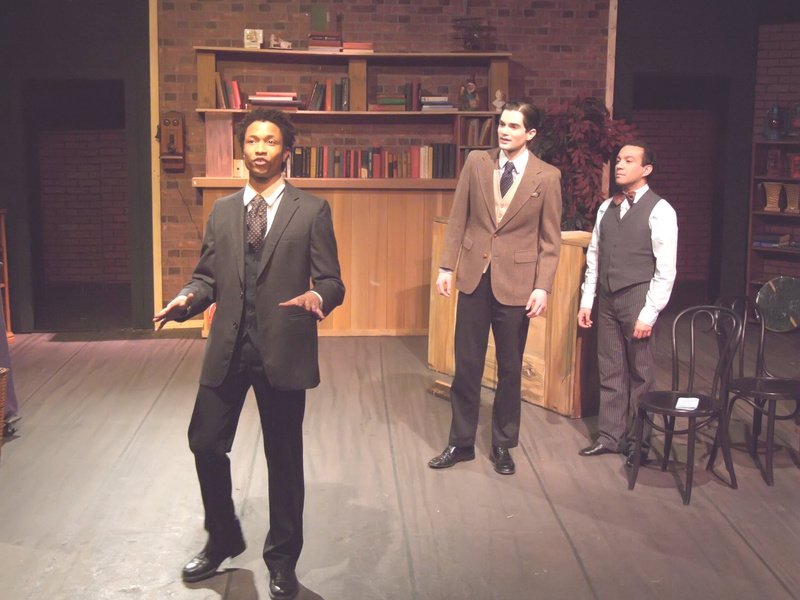
“New York City has extensive resources for historical research, from newspapers with European bureaus as well as domestic coverage,” Kahn tells us about her process. “We have organizations like Untapped New York and others that expose us to our exciting history as a port city, a city of immigrants and refugees. Along with our public library, there are private libraries that grant access, from the New-York Historical Society to the Players Club.”
The subject matter is also personal to Kahn. “I’m the daughter of a child refugee from a European war a century ago,” she explains, “I am familiar with the ‘inherited trauma’ of future generations. Writing historical plays can hold a mirror to the present, put a personal face to the results of discrimination and oppression.”
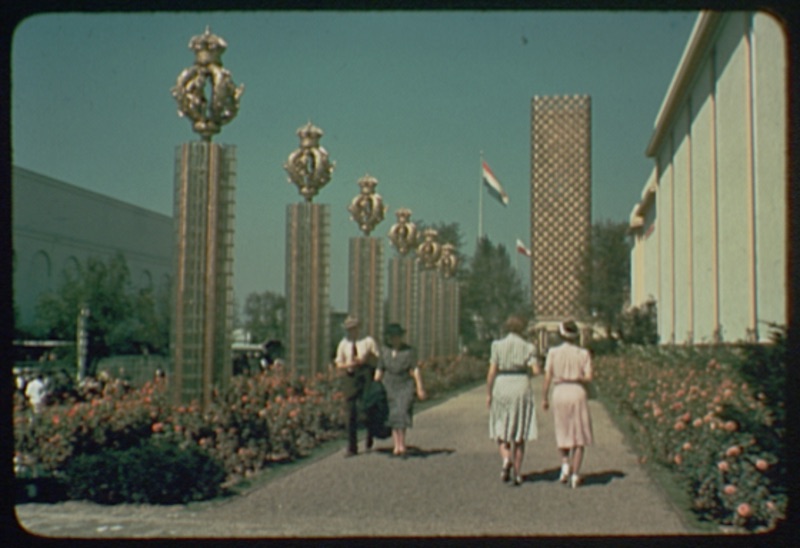
When asked what she would do if she had the chance to go back in time and visit the 1939 World’s Fair, Kahn said she would of course check out the Polish Pavilion. “There was turmoil and danger back home, but the Polish staff was busy proclaiming to fairgoers the traditions and innovations,” Kahn says. The Polish Pavilion celebrated great figures of Poland’s history including scientist Marie Curie and astronomer Copernicus. More than 200 works of art and artifacts were on display from contemporary paintings and sculptures to historic armor and ancient weaponry, folk clothing, and furniture. There were also exhibits of Poland’s latest inventions from surgical tools and lightbulbs to tires and steam trains. A sculpture of King Jagiełło which stood outside the Pavilion is now in Central Park.
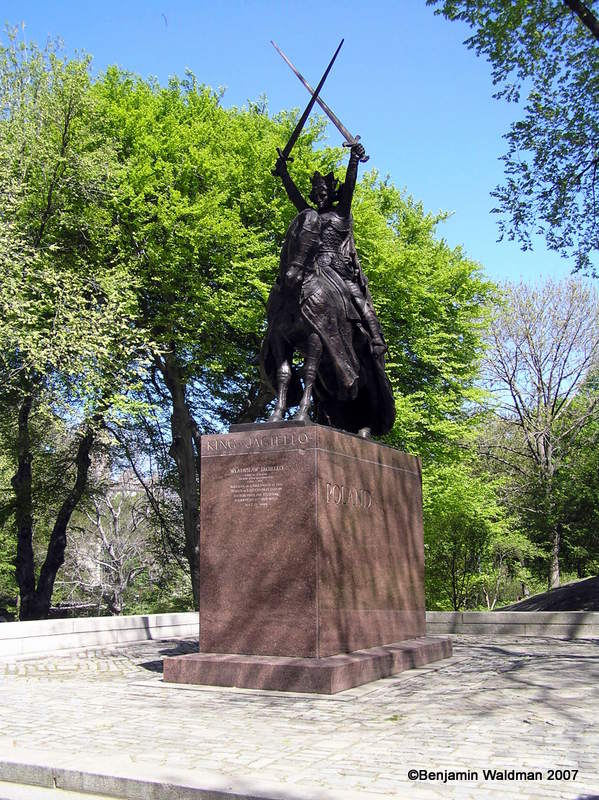
“Fair Winds and Winds of War” will run March 7 through March 24th, Thursday, Friday, and Saturday at 8pm and Sunday at 3pm. Tickets are $15 and can be purchased here!
Save $5 off admission when you book with Untapped New York Insiders and join playwright and director Barbara Kahn, along with other members of the cast and crew, for a Q&A after the show on Friday, March 15th! Registration opens on March 1st.
Next, check out 10 Remnants of the 1939 World’s Fair!






